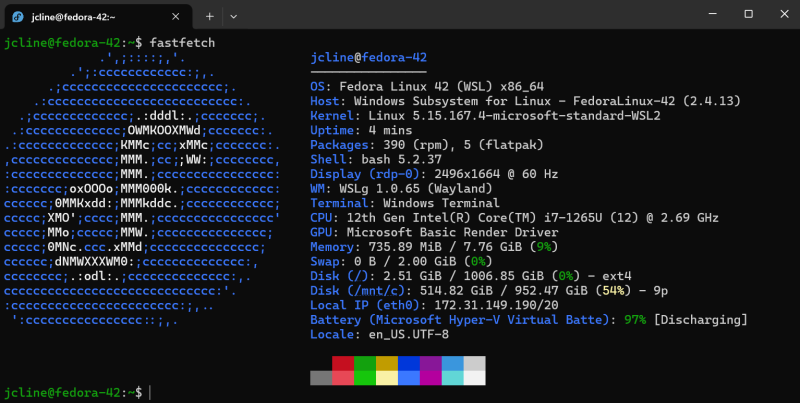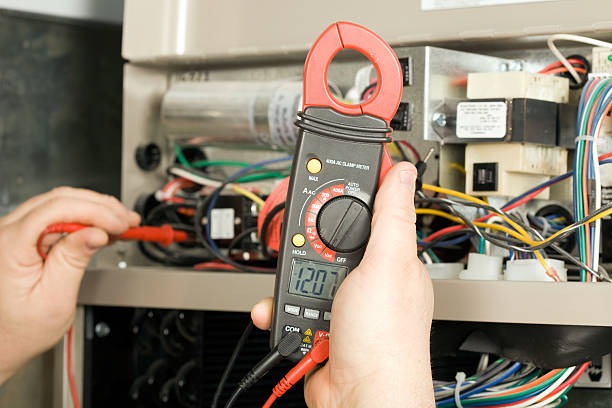Navigating the complex world of modern heavy-duty diesel engines requires a sophisticated toolkit, and for anyone working with Detroit Diesel, that means mastering Detroit Diesel Diagnostic Link (DDDL) software. This powerful, PC-based application is far more than just a code reader; it’s a comprehensive diagnostic and maintenance tool that acts as the primary interface between a technician and the vehicle’s electronic control units (ECUs). Understanding and utilizing its full potential is critical for efficient troubleshooting, maintenance, and repair.
The core of the DDDL software lies in its ability to access and interpret a wealth of data from the vehicle’s powertrain and other systems. It can display detailed ECU information, read and clear diagnostic fault codes, and provide a real-time stream of data from various sensors and components. Imagine seeing the exact values for engine speed, boost pressure, exhaust temperatures, and more, all presented in a clear, graphical format. This live data is invaluable for pinpointing intermittent issues or verifying a repair.
One of the most powerful aspects of DDDL is its ability to perform service routines and system tests. These aren’t just passive functions; they are active commands that allow a technician to interact with the engine. For example, you can perform a cylinder cutout test to isolate a misfiring injector or run a particulate filter reset. The software can also be used to recalibrate sensors, such as the EGR differential pressure sensor or the oxygen sensor. These bi-directional commands are what truly set OEM diagnostic software apart from generic scan tools.
DDDL is also essential for configuring and managing engine parameters. From adjusting idle speed to setting cruise control limits, the software provides granular control over various operational settings. For fleet managers, this is a crucial feature for ensuring consistent performance and fuel economy across their vehicles. However, it’s important to note that many of these advanced features, such as editing protected parameters or reprogramming engine controllers, are often reserved for the professional version of the software and require specific passwords and access levels. The software supports a wide range of Detroit Diesel engine platforms, including the popular DD13, DD15, DD16, and the legacy Series 60 and MBE engines, as well as the DT12 transmission.
To use the software, you’ll need a PC that meets the system requirements—typically a Windows-based laptop with a dual-core processor, sufficient RAM, and a free USB port. You’ll also need a compatible vehicle interface device that supports the RP1210 protocol, such as a NEXIQ USB-Link. Connecting the PC to the truck’s diagnostic connector with the appropriate cable is the first step, allowing the software to establish a link and begin its diagnostic functions. The intuitive graphical interface and on-screen troubleshooting guides, often including step-by-step instructions and wiring diagrams, make it easier for technicians to navigate complex repairs. In essence, mastering DDDL is not about memorizing every button, but about understanding its function as a window into the electronic heart of a Detroit Diesel engine, enabling a more precise and effective approach to service and repair.



